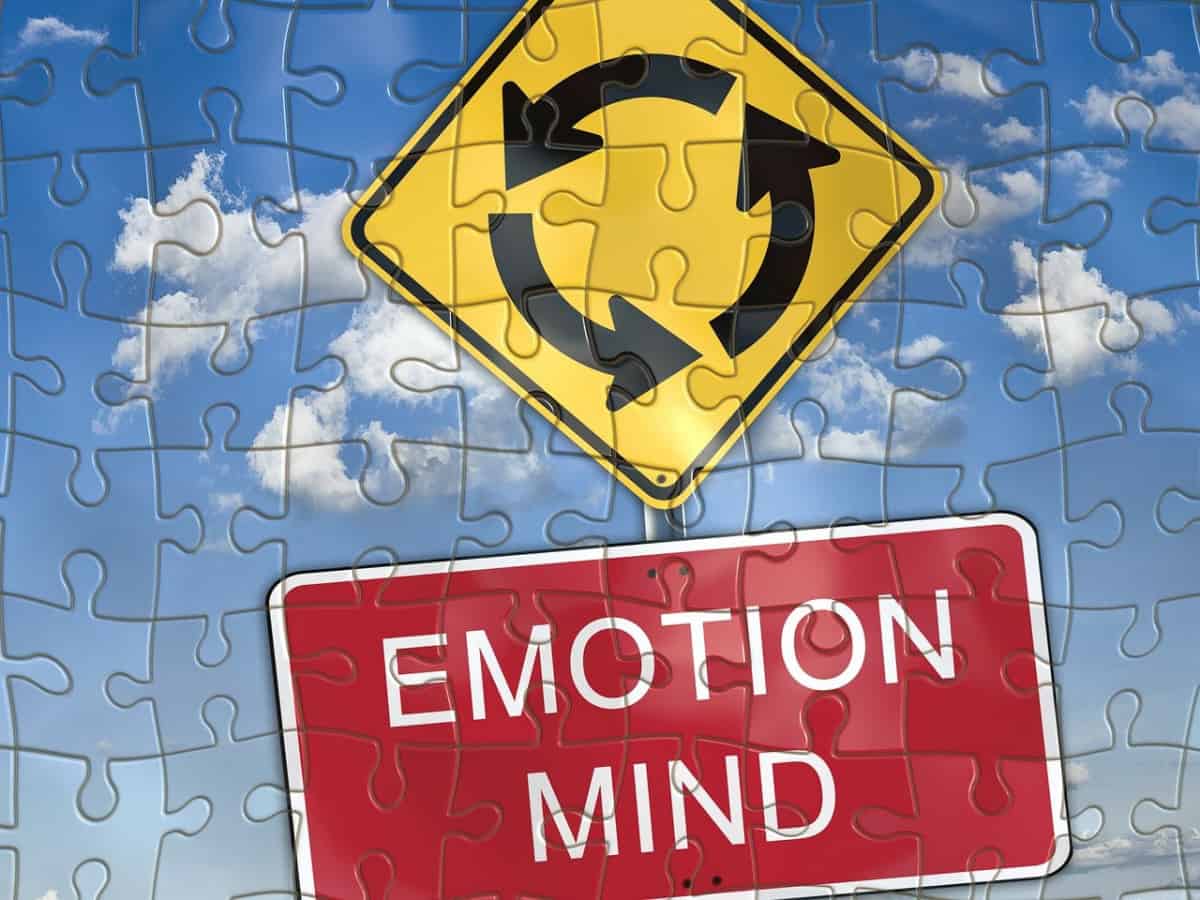EMDR (Eye Movement Desensitization and Reprocessing) treatment is particularly beneficial for people struggling with traumatic memories or who have PTSD (post-traumatic stress disorder).
The therapy identifies a target image and a negative cognition as part of the standard procedure, enabling the patient to be exposed to memories or thoughts without experiencing a significant psychological reaction.
Importance of Targeting Negative Cognitions with EMDR
EMDR’s primary components include building safety by stabilizing negative symptoms such as suicidal behavior, addictions, medical issues, and other negative symptoms.
Targeting negative cognitions aims to build internal resources with positive visualization, meditation, and stabilization through the five senses.
Another crucial component of targeting negative cognitions is to attain dual consciousness while discussing one’s experience. Hence, it means talking about the past objectively without being engrossed or disturbed by it. The memory is retained, but the negative reaction is no longer present.
It is quite successful in helping people digest emotionally difficult and traumatic situations. When combined with other therapeutic methods, EMDR aids the individual in transitioning from emotional discomfort to peaceful settlement of the issues or events at hand.
The Procedure of Targeting Negative Cognitions with EMDR
The first sessions will address what the individual wants to work on and strengthen their capacity to regulate negative cognition when the therapist and patient agree that EMDR treatment is a good fit.
When the individual is ready to go on to the next stages of EMDR treatment, they will be instructed to concentrate on a specific incident. The negative thoughts, pictures, beliefs, feelings, and physical experiences associated with this occurrence will be examined.
Then they select a sentence that indicates a negative self-perception connected to the experience. Even if the individual is aware that the statement is false, they must concentrate on it. These negative thoughts are only expressions of lingering negative memories.
List of Common Negative Cognitions
I Am Responsible for Something Wrong
- I am powerless.
- I am dirty.
- I am useless.
- Only horrible things happen to me.
- I am unlovable.
- I am the worst person.
- I am in danger.
- I’m ashamed of myself.
- I am not up to par.
- I am unattractive.
- I am not smart enough.
- I am irrelevant.
- I am an embarrassment.
- I do not fit in.
Vulnerability or Safety
- I am untrustworthy.
- I do not believe in myself.
- I do not have faith in my judgment.
- I have no faith in anyone.
- I cannot defend myself.
- It is not acceptable for me to express my feelings/experiences.
- I cannot seem to forget about it.
I Did Something Wrong
- I should have taken action.
- Something went wrong with me.
- I really should have known better.
The individual then chooses a more positive self-statement to embrace. Below are examples of statements that include an internal sense of control.
List of Common Positive Cognitions
Response for “I Am Responsible for Something Wrong”
- I am worth it.
- I am a decent person.
- I am in control.
- I am lovable.
- I can succeed.
- I am safe now.
- I am fine the way I am.
- I am deserving.
- I am a trustworthy individual.
- I am deserving of good fortune.
- I am in good shape.
- I am a wise person.
- I am important.
- I am deserving of happiness.
- I am fine the way I am.
Response for Vulnerability or Safety
- I am confident in my judgment.
- I can learn to have faith in myself.
- You can rely on me.
- It’s finished; I am safe now.
- I have the option of letting it out.
- I am free to express my feelings.
- I am capable of expressing my needs.
Response for “I Did Something Wrong”
- I gave it my all
- It taught me
Using the 1-to-7 Validity of Cognition (VOC) scale, the therapist will ask the patient to assess how real a positive thought feels. “1” stands for “totally false,” whereas “7” stands for “absolutely true.” It is critical to provide a score that accurately represents the person’s feelings.
The person recognizes the negative feelings and physical reactions associated with the target during the Assessment Phase. The patient rates the negative cognition as well, but on a separate 0-10 scale known as the Subjective Units of Disturbance (SUD).
The objective is to focus on and strengthen the patient’s chosen positive belief in substituting their original negative thought. The person’s positive cognition will be strengthened and implemented in the following phase of treatment.
The Validity of Cognition (VOC) scale is then used to determine how strongly a person believes in positive cognition. At a level of 7, the individual must acknowledge the entire reality of their positive self-statement.
List of Targeting Negative Cognitions with EMDR Studies
- Many EMDR sessions have been evaluated, and the results show a bodily reaction to unresolved thoughts.
- Independent memory research has found that knowledge about the traumatic experience is kept in the motoric memory instead of the narrative memory when a person is badly impacted by trauma. The negative cognition and physical sensations associated with the original incident are retained.
- The chronological sequence is followed while targeting negative cognitions in EMDR. De Jongh et al. use methods to identify the underlying problematic belief and the life events that contributed to the formation of that cognitive theme.
- When negative beliefs are the central topic, Shapiro’s (2001) categorization of obligation, safety, and control are used to identify all linked past, present, and future situations. For each category, a timeline is sometimes created.
Is EMDR Therapy Right for You?
EMDR has been recognized by the American Psychiatric Association (APA) and the International Society for Traumatic Stress Studies (ISTSS) as an effective treatment for post-traumatic stress and other mental illnesses such as anxiety, depression, and panic attacks.
Some people might prefer this approach to overusing prescription drugs, which might have unpleasant side effects. Moreover, EMDR helps you change your negative cognition and the unpleasant emotions that go along with them to become more emotionally healthy.






